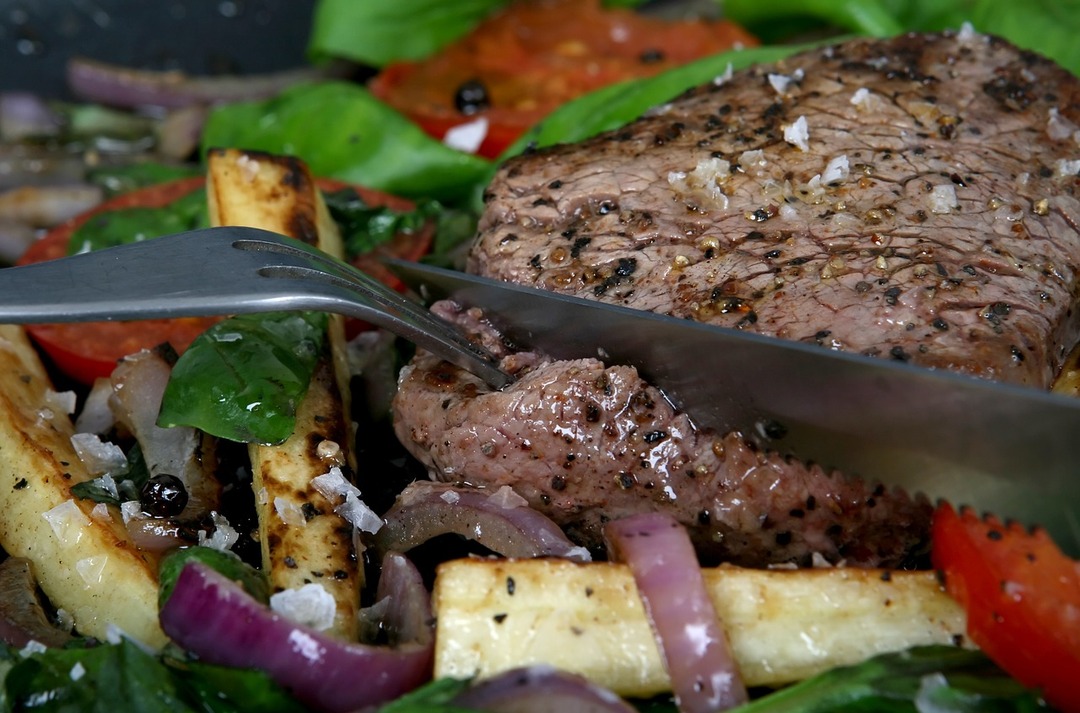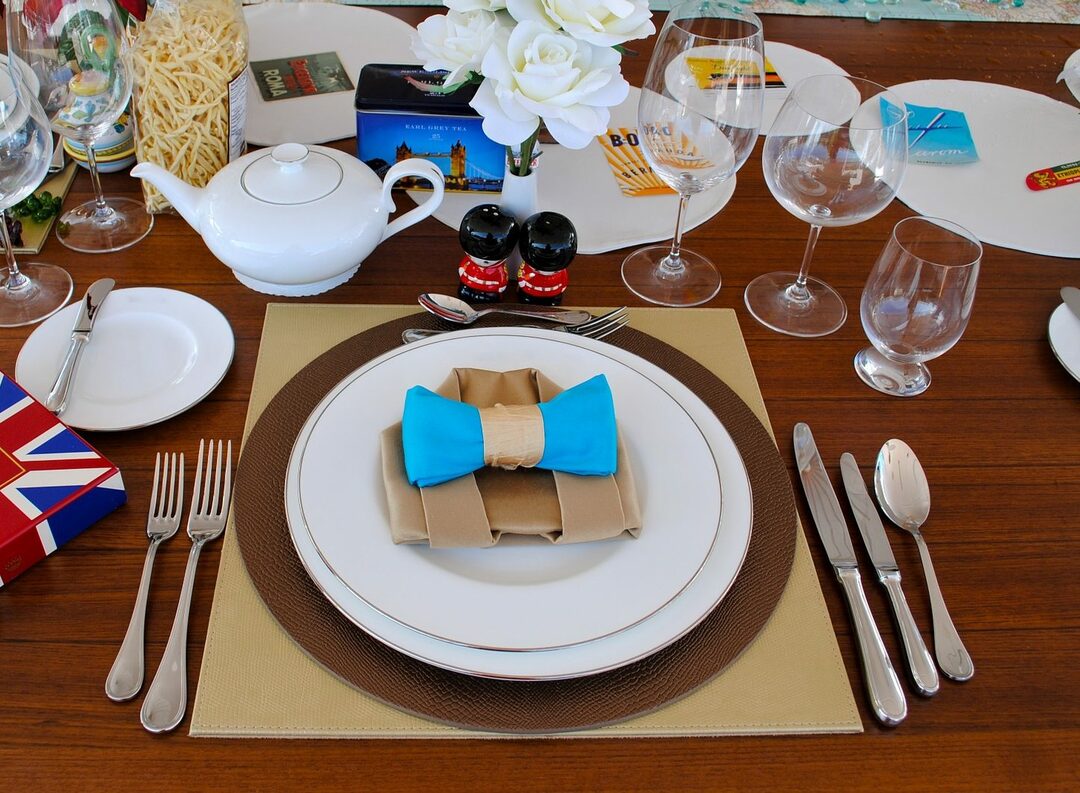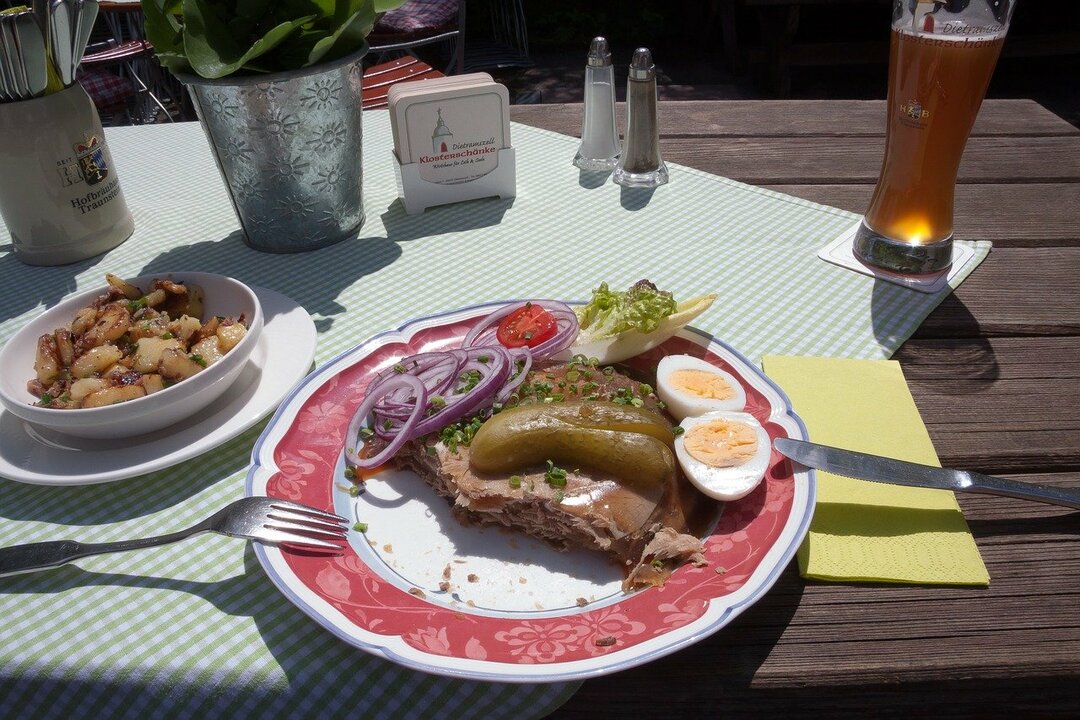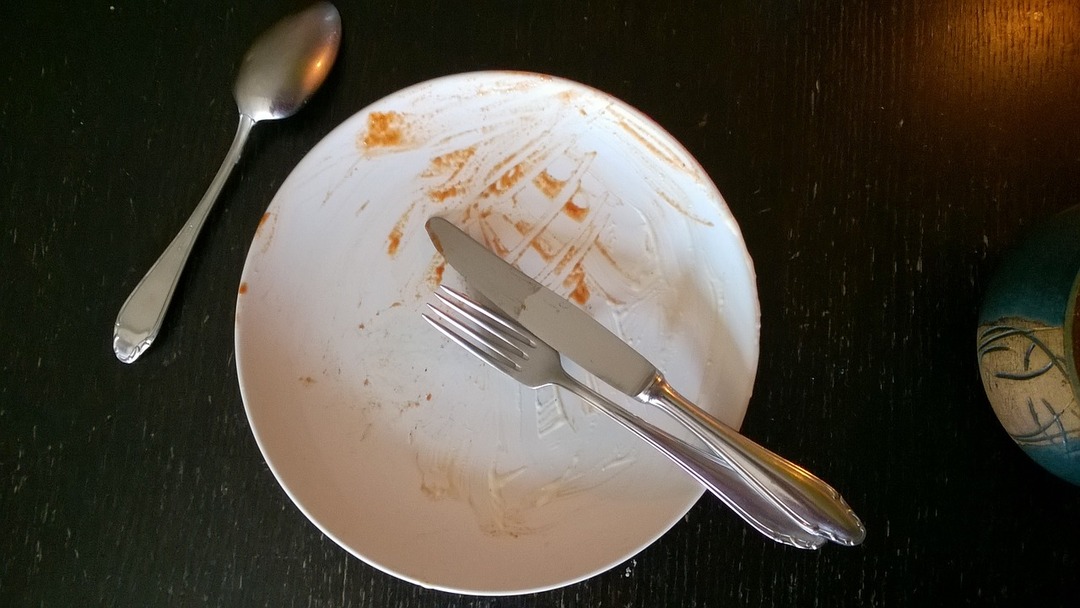In order not to "lose face" at a dinner party, in a restaurant or just in the company of educated people, it is important to know the basic rules of etiquette. Often the questions are raised by cutlery: there are many of them and they are all different. The ability to distinguish a snack fork from a dessert fork, competently using cutlery to show that a meal finished and show your respect to its organizer - all these skills may be required in any moment. Therefore, it is better to get to know them as early as possible.

@ Shutterbug75, Pixabay
The content of the article
- How to use cutlery correctly
- Rules of conduct during a pause
- Post-meal etiquette
How to use cutlery correctly
Etiquette is a whole art. Every little thing matters here. So, the correct organization of the meal begins with serving. Forks, knives and spoons should be laid out in such a way that it is easy for the dinner party to pick them up without disturbing the neighbors at the table.
Important! The distance between cutlery should be no more than one centimeter. At the same time, putting them too close to each other is not worth it. Optimally, if the distance is 6–8 mm.

@Lisa Larsen, Pixabay
As in the photo, the devices occupy almost the entire space around the plate:
- Knives are placed on the right. There can be three of them: for the main course, for fish and for a snack.
- If there is soup at lunch, then a spoon is placed on the right side (convex side down).
- The place to the left of the plate is assigned to forks, the number of which coincides with the number of knives. The sequence is the same. Sometimes the forks are placed on the right side of the cymbal. This is done when a meal is served that is eaten without a knife.
- The space above the plate is occupied by a dessert spoon and fork. These tools are small in size and therefore positioned horizontally. An important feature: if the handle of the spoon looks to the right, then the sweet will be served individually to each guest. A fork is placed closer to the plate.
By the way! When a guest sits down at the table, he should be comfortable. You need to take the devices with the hand on the side of which they lie.
The rules of etiquette involve more than just a competent layout. It is important to learn how to use cutlery so as not to rattle them, not to disturb neighbors, and not to stain clothes and tablecloths.
You don't have to think about every piece of food on your plate to look good. It is better to learn simple rules, thanks to which you can remain a gallant guest at any dinner:
- Avoid spooning a lot of soup. To prevent dripping from it, it is recommended to shake off excess liquid by pressing the device against the inner edge of the plate.
- If you need to add soup, then it is not recommended to take the spoon out of the plate, and even more so to put it on the table.
- First you need to eat the broth with a spoon, and then large pieces of meat and vegetables with a fork and knife.
- It is important to hold the spoon correctly in your hand, gripping it between your index and thumb.
- The fork can be held in your hand in three different ways: like a ballpoint pen; putting it on the edge (while the index finger is extended along the device, and the handle is held with the thumb and middle); teeth down (the position of the fingers as in the second version).
- Not a single cutlery should be placed on the table. If a knife or spoon is not needed, it is best to place them on the lower plates.
During the meal, appetizers are served first. The devices for them are located at the most extreme (relative to the plate). They should be taken first.

@stux, Pixabay
Rules of conduct during a pause
Often, a long lunch or dinner is interrupted for a toast, an important conversation, or for other reasons. It is also necessary to pause in the meal correctly.
Important! The way the appliances lie during the break speaks of the guest's intentions. This is especially true if the meal takes place in a restaurant. Thanks to such unspoken gestures, the waiter understands what is required of him.
The rules of etiquette assume the position of the cutlery, interpreted as "I am resting." The instruments are placed on a plate, representing a watch dial instead. The fork should be on an imaginary 7, and the knife should be on the 5.
In some cases, devices are stacked on a conditional five crosswise. In this case, the knife is placed at the bottom, and the fork at the top. This means that the pause is short and the cymbal does not need to be carried away.
If you need to show the waiter that you can serve the next dish, the fork and spoon should be folded crosswise in the middle of the plate (the cutlery should be perpendicular to each other).

@Cufflinks, Pixabay
Post-meal etiquette
The end of the meal is a special ritual. Thanks to the position of the devices, you can show your attitude towards her.
So, you can express dissatisfaction in different ways:
- Fold the tools crosswise. In this case, the knife blade must be held between the tines of the fork.
- Place cutlery parallel to each other on opposite edges of the plate (blade and teeth facing the edge of the table). Such a situation will tell the waiter that the guest did not like the reception, and he demands a book of complaints.
- Place the appliances crosswise. In this case, the blade of the knife and the tines of the fork are turned towards the guest. This provision will demonstrate that the guest did not like the way he was served (and may be quite happy with the dish).
However, it is not worth showing your indignation with small flaws. If the guest cannot demonstrate complete satisfaction from the meal, but does not want to be rude, he places objects parallel to each other (the blade and teeth are looking at the center of the table).
Another way: the fork lies straight (with the prongs from the guest), and the knife is on an imaginary five of the dial (the blade is similarly directed to the center of the table).
Fortunately, it is not uncommon for a guest to be completely satisfied with the reception. To demonstrate pleasure, you must:
- Arrange items crosswise between the conditional five and four. The knife should be on top of the fork.
- Place the instruments horizontally in the middle of the plate. The tines of the fork and the blade of the knife point to the right.
- Fold the devices on top of each other on a conventional five (fork from below). This means that the guest is planning to visit the establishment again.
Cutlery is like sign language, with their help you can not only demonstrate good manners, but also express your own attitude to the meal. This knowledge is undoubtedly necessary for every person. However, they should not replace live communication: the ability to say a word of gratitude to the waiter or the organizer of the reception is no less important than competent behavior at the table.
Subscribe to our Social Networks


